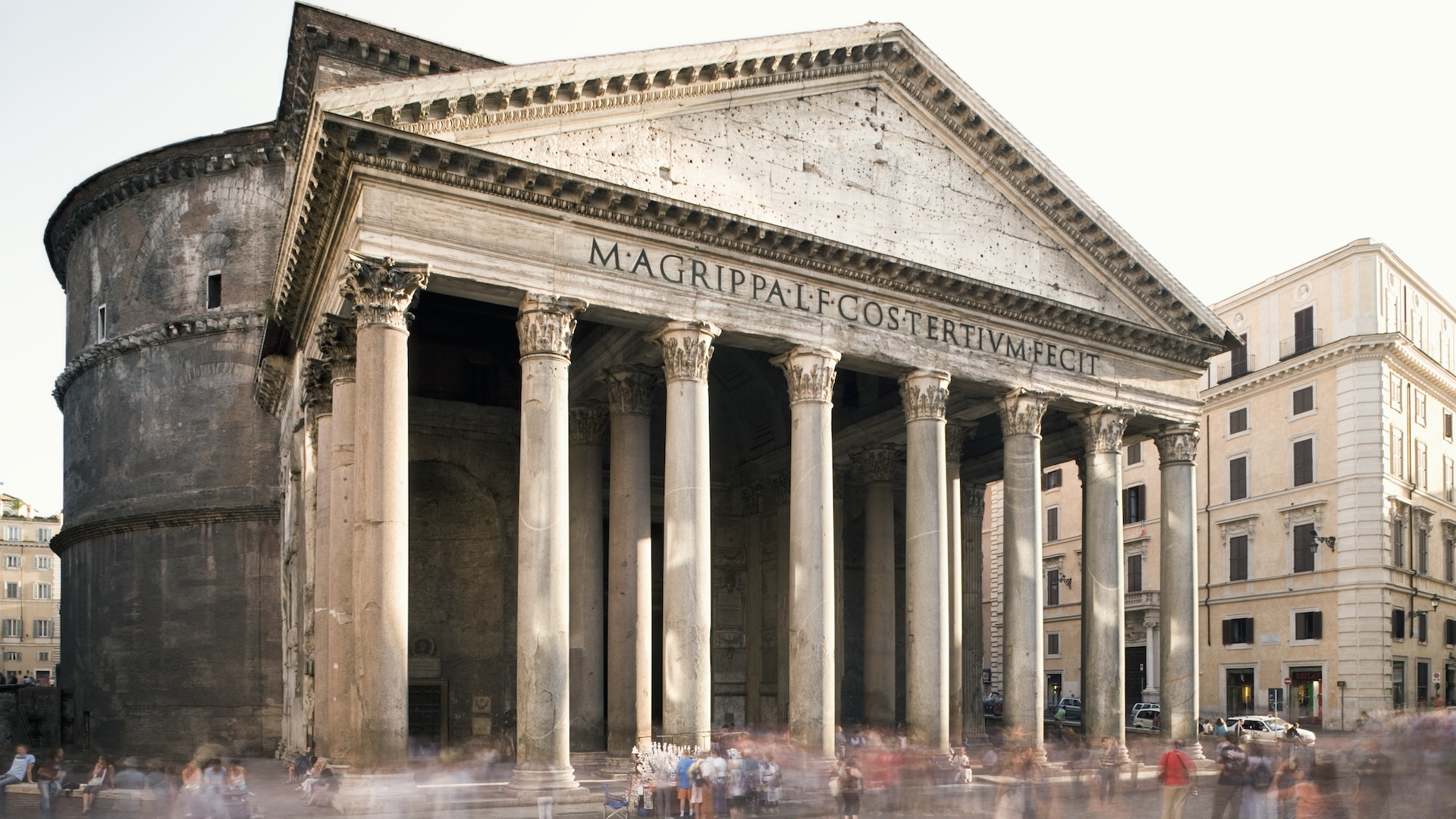When you buy through data link on our site , we may realize an affiliate commission . Here ’s how it work .
A hoard of 175 silver coins excavate in a wood in Italy may have been buried for secure keeping during a papistic civil war .
The coins seem to escort from 82 B.C. , the class the Roman general Lucius Cornelius Sulla fought a crashing war across Italy against his foeman among the leader of the Roman Republic , which resulted in Sulla ’s triumph and his Ascension Day as potentate of the Roman state .

The hoard of 175 silver Roman coins, worth tens of thousands of dollars in today’s money in just face value alone, was found in 2021 near Livorno in Tuscany.
The archaeologist who investigate the hoard of 175 argent Roman denarii — the equivalent of tens of one thousand of clam in today ’s money — evoke it may have been bury by a Roman soldier who was then killed in conflict .
But historianFederico Santangelo , a prof who lead Classics and Ancient History at Newcastle University in the United Kingdom , said it also could have been buried by a man of affairs who require to keep his money safe during disruptive time . " I do n’t believe we should trace this money to a soldier , although in principle it is possible , " he differentiate Live Science . Santangelo was not involved in the discovery .
The chronology of such coin hoards show that many were buried during wars and upheaval . " A number of people at sentence of crisis buried their stash of money and for whatever reason were prevented from call back it , " Santangelo said .

Archaeologists think the coins were deliberately buried in a small terracotta pot in about 82 B.C. to keep them safe during a time of war.
Related : Ancient hoard of golden Roman coin discovered in plowed UK playing area
Coin hoard
Researchers discovered the coin hoard sink in a terracotta pot in 2021 but kept it secret so that the site could be completely look into .
Lorella Alderighi , an archeologist with the provincial office for archaeology , separate Live Science the coin were discovered by a member of an archaeological chemical group in a fresh - trim back area of wood northeast of the urban center of Livorno in Tuscany . Archaeological investigations disclose the former coins dated from 157 or 156 B.C. , while the most recent were from 83 or 82 B.C. , she said .
The area was in all probability forested then as it is now , on a small mound overlooking a swamp . The remains of a R.C. farm had antecedently been found about half a mile ( 1 kilometer ) away , she order .

Excavations revealed no other archaeological objects at the site where the coin hoard was found, but the remains of a Roman-era farm had been found in the past about half a mile away.
" The coin have by all odds been hidden — they constitute a ' gem ' or piggy bank , " she sound out . " The comfortable fashion to hide valuable was to bury them underground , away from homes where no one could find them . "
But whoever swallow up the coin never returned to recover them ; and Alderighi propose that the proprietor may have been a Roman soldier caught up in the conflicts .
" These coin may have been the savings of a soldier returning place [ during ] military service , " she said . " He had hidden them because they constitute a useful heart , perhaps to purchase and start up his own farm . "

The coins were first spotted by a member of the Livorno Palaeontological Archaeological Group walking through a new forest cutting.
Turbulent times
Alderighi noted that the hoard was buried during a troubled period in Italian story .
A few years earlier , Italy had been gripped by the Social War between Rome and its Italian allies , while in 82 B.C. Sulla had just returned with his legions from Asia to face up his enemies in Rome , having already attack the city in 88 B.C. and been declared a public opposition in 87 B.C.
" It was a very turbulent historical stop , " she said . " Sulla ’s soldier conquered territory as they progress from S to north . But key Italy and Tuscany had not yet been conquered . "

Several such coin hoards have been found in Italy; studies show many of them were buried at times of war or upheaval. Here we see over 100 found coins, all bagged and numbered.
— seventeenth - century hoard brimming with 1,000 coins discovered in Poland
— sensational treasure - covered atomic number 79 earring find out in 800 - year - old hoard in Germany
— gilded coin hoard worth $ 300 super C find beneath kitchen floor in England

Santangello added that Sulla ’s victory in late 82 B.C. was almost a " blueprint " for later Roman rulers .
His triumph was followed about 30 class later by a much larger Roman civic war betweenJulius Caesarand Gnaeus Pompeius Magnus , or Pompey the Great , who rose to power as a deputy to Sulla . And Caesar ’s victory in that war led directly to the procession to magnate of Augustus , the first Roman emperor , in 27 B.C.
" It became abundantly well-defined to everyone that whoever get along out as the victor of the civil war would be — maybe not by practice of law , but certainly in reality — the master of Rome , " Santangello suppose .















